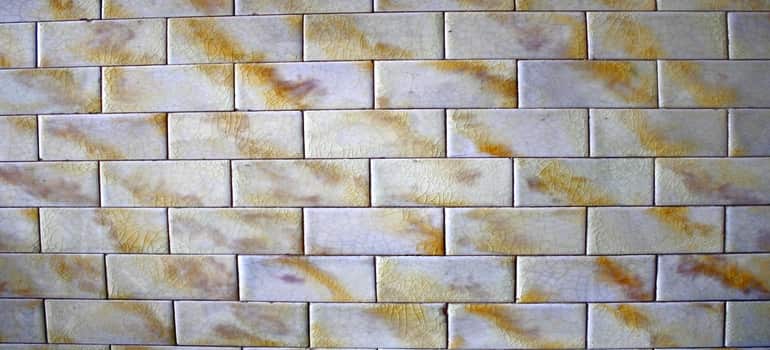Vacuum to remove dust.
How to add layer to wall prior to tiling.
Increasing the floor height can create problems in a room with cabinets or a toilet and it may cause headaches at transitions to other rooms with different flooring.
Prime to seal it and let dry.
Remove any remaining dust oils and grease from the wall with tsp tri sodium phosphate or an ammonia based cleanser.
If you add a layer of plywood or cementboard however you could raise the floor by as much as 3 4 inch not including the extra height added by the tiles themselves.
If not then replace any cracked tiles with other tiles or wallboard.
Wash the tiled wall with tsp to ensure a clean and non greasy surface.
Check the wall first to see if it is straight.
Just make sure that all of your tiles are in good condition.
It is needed for the adhesive to bond well.
Find the middle of the area to be tiled and work out from there.
Apply the last layer of skim coat and use a medium sized sandpaper to achieve a rough texture.
You are now ready to tile.
Do this prior to any tiling job.
Fresh plaster needs up to a month for the material to set in and fasten.
Layout is important to the finished product.
Slide a 4 foot straightedge or level over the wall in all directions to check for plumb.
Patch any holes or cracks with spackling compound and sand the entire surface with medium grit sandpaper.
Scrape the wall to remove any texture and to create a flat surface.
Use a trowel with a 1 4 to 1 2 inch groove to produce an extra thick mortar bed for the tiles.
If you don t have enough replacement tiles or if the tiling is too damaged then you will have to remove the tiles before you put on the new ones.
Apply a 1 8 inch 0 32 cm layer of adhesive to the wall.
Start applying the adhesive in a bottom corner about 1 tile length away from the bottom and side of the wall leaving space for the edge tiles.

